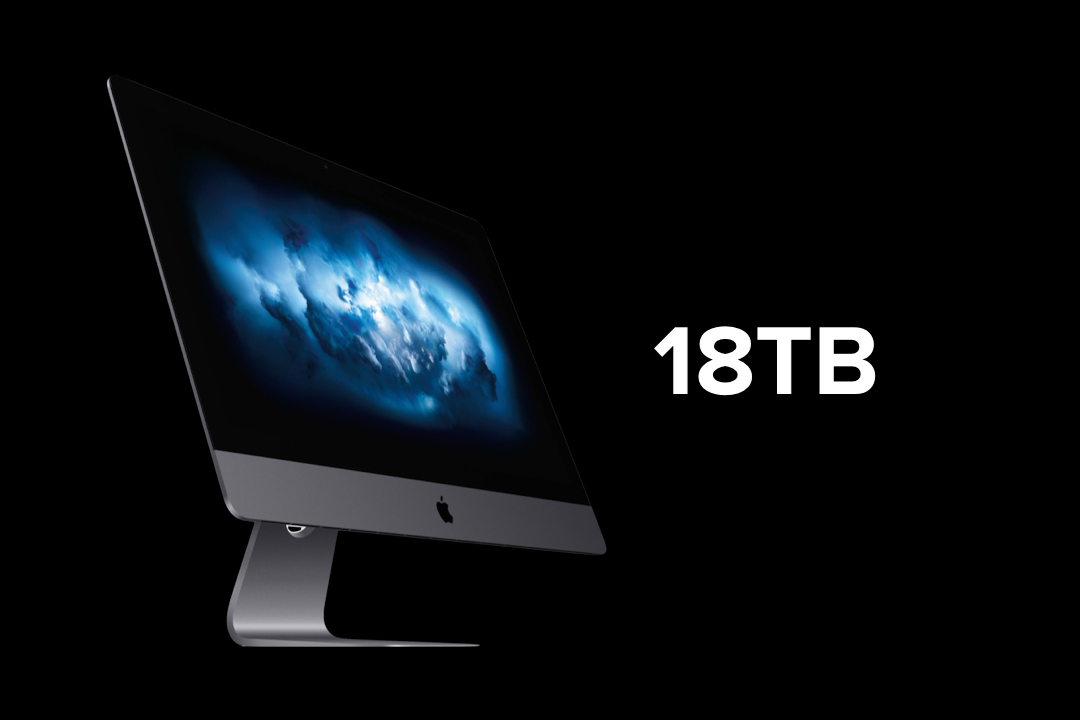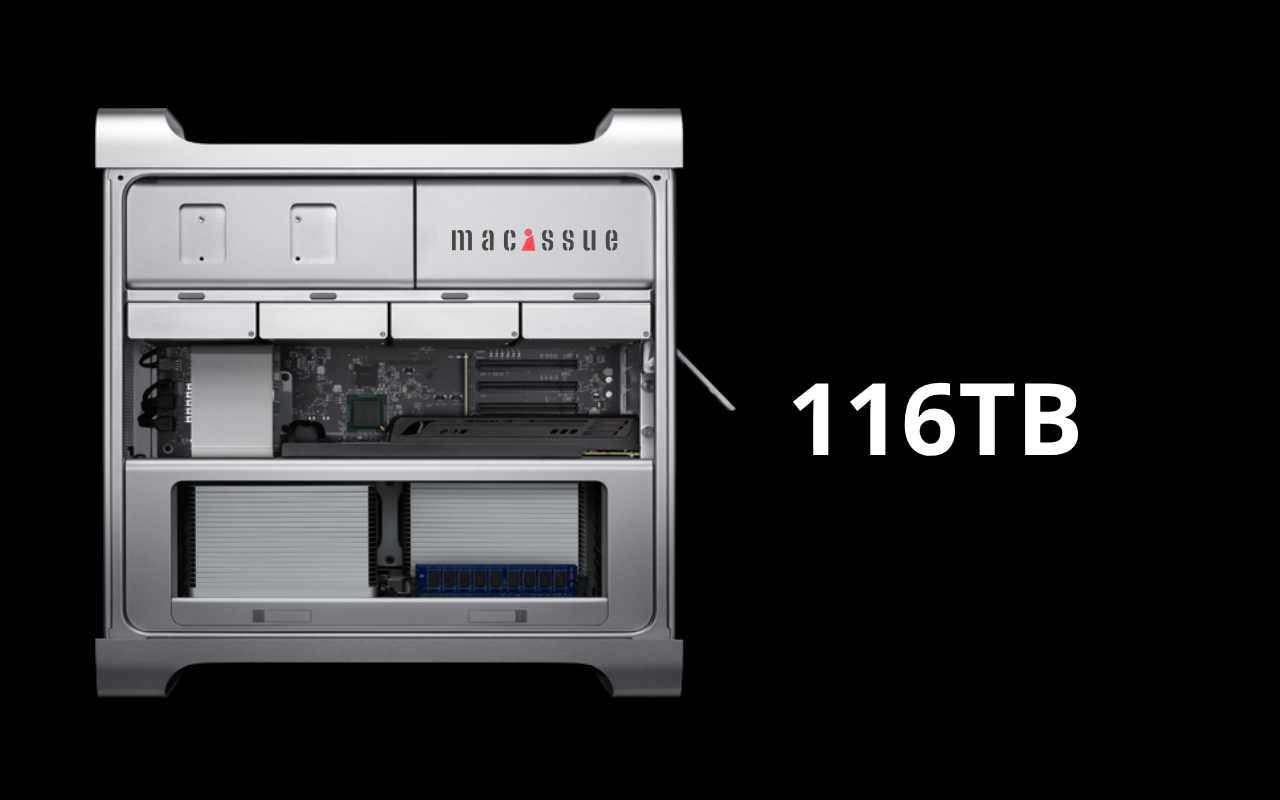Starting in 2011, Apple began releasing “Tapered Edge” Aluminum iMac models, which were designed to be a semi-closed system with limited user upgrade options. This was a departure from earlier iMac models, which were more user-friendly when it came to upgrades. The intention of this design was to make the iMac more sleek and compact, but it also made it more difficult for users to upgrade components such as the memory or hard drive.
Some of these Tapered Edge iMac models have memory that is soldered directly onto the Logic Board, making it impossible for users to upgrade the memory themselves. However, there are still some models within the Tapered Edge range that can be upgraded with a bit of technical know-how and skill. These models include the A1418, A1419, A2115, and A2116.
It is worth noting that while some Tapered Edge models may be upgradable, it is still a complex process that requires attention to detail and technical expertise. Users who are not experienced with this type of work may want to consider taking their iMac to a professional for upgrades or repairs.
However, it is good to know that the 27-inch Tapered Edge models are thankfully still upgradable, both in terms of memory and drive. So, if you have one of these models and are in need of an upgrade, there are options available.
In 2014, Apple started experimenting with a new design for the iMac 21.5-inch Mid-2014 model, in which the memory modules were soldered onto the Logic Board, making them not upgradable by the user. This design decision made upgrading the RAM on this particular iMac model impossible, which led to criticism from some users who preferred to have the option to upgrade the memory on their devices.
However, the good news is that the drive section on this iMac model is still upgradable. In fact, users can upgrade to the highest capacity of a single 2.5-inch drive on it, which can significantly increase storage space on their device. Additionally, if someone chooses a fusion drive modal, they can even install an NVMe drive on it for a faster drive performance.
While this upgrade option may not compensate for the lack of memory upgradability, it does provide a viable solution for those who need to increase their storage space or improve their drive’s performance. It is important to note that upgrading an iMac’s drive requires technical skill and attention, so it is advisable to seek assistance from a professional if you are not comfortable with this process.
In late 2015, Apple continued its experiment of soldering memory on the logic board with the release of the iMac (21.5-inch, Late 2015) and iMac (Retina 4K, 21.5-inch, Late 2015) models. While this move may have helped Apple reduce the size of the iMac and improve its overall design, it also eliminated the option of upgrading the RAM, leaving users stuck with whatever amount of RAM was soldered onto the logic board. This was a significant issue for users who wanted to perform resource-intensive tasks on their iMacs, such as photo or video editing or gaming, as the lack of RAM limited the overall performance of the machine.
However, the good news for users of these models is that drive upgrades are still possible. While these models come with slow 5400RPM drives and limited storage, users can upgrade to faster drives with higher storage capacity. Additionally, those who opted for the fusion drive model can even install an NVMe drive for improved drive performance. Despite this, these models can still be prone to fusion drive failure and can be sluggish due to the limited RAM.
Starting from 2017, Apple began to allow for memory upgrades in select iMac models. However, at the same time, they experimented with in-board integrated drives that prevented users from upgrading their drives. In the 2020 iMac models, the 4 TB and 8 TB versions are not soldered but rather secured with the Apple T2 chip, which makes upgrading the drive not viable. Some select iMac models have a memory door on the back, making it easier for users to upgrade their memory without having to take apart their iMac or use any tools.
Unfortunately, the 2021 M1 iMac with a 24-inch modal came with unified memory in 8 GB and 16 GB versions. This means that the memory is tightly integrated on the processors and graphics chipset and secured with the Apple T2 chip. Hence, neither the memory nor the drive is upgradable in this model, making it essential for users to plan ahead and select the right configurations that meet their needs for memory and drive space utilization.
Apple’s iMac development has been a tumultuous journey, leaving consumers struggling to choose the right model amidst limited upgrade options. While Apple prefers to keep its systems as closed as possible, there is still hope that the iMac lineup will eventually become semi-modular, allowing for memory and drive upgrades without the need to open the machine.
Apple’s high-end Mac Pro was offered as an option for those who could afford a powerful machine without much concern for modularity or upgrade options. However, the majority of Mac enthusiasts and professionals have budget constraints and prioritize upgrade options in their iMac. Unfortunately, with the introduction of the M1 24-inch iMac, Apple deliberately eliminated user-based and third-party service/upgrade options, effectively closing the door on any possible upgrades. The game appears to be over for iMac users, leaving the question of whether Apple has ultimately won.
 Comprehensive iMac Upgrade
Comprehensive iMac Upgrade Comprehensive Mac Upgrade
Comprehensive Mac Upgrade